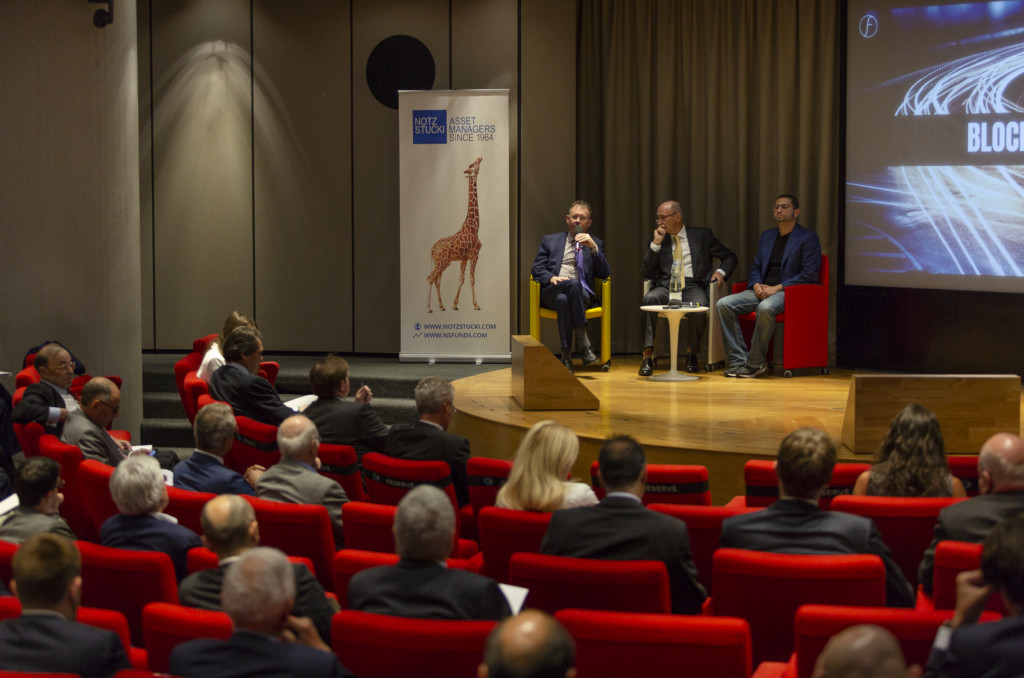Notz Stucki Investment Conference – June 26th 2018
Gavekal’s presentation considered the rising rivalry of the US and China. In recent months tensions have risen, which so far have been expressed through a relatively minor increase in tariffs. But the competition between the world’s two largest countries will be permanent and the roots of the problem extend well before President Trump’s inauguration. However his belligerent escalation of the tensions mean that we could be at a dangerous point. If the US go ahead and do what they say they will do then the global economy is in for a rough ride. In that scenario the risks for markets are on the downside.
Part of the reason that we have reached this point is that China has succeeded far better than was ever expected to build a strong, competitive economy. In early 2016 the world worried that China’s growth model was coming unstuck, but they have succeeded in stabilising it, and it should grow comfortably at 5-6% for the next decade, underpinned by its competent, technocratic government. President Xi has consolidated his power to an unprecedented degree and he is expected to be in charge for the next ten years. So on both economic and political fronts there is stability in China. Increasingly China is looking to project its power internationally, hence the rising tension with the US which is the current hegemon.

China has announced three major targets. The elimination of poverty by 2021 (anniversary of the Communist Party’s founding). To complete the Great Rejuvenation (i.e. the return of China to the status of a great global power) by 2049 (anniversary of the Communist Party’s accession to power). And to create an industrial-military power on a par with the US. As a result the US is being seriously challenged, and US anxiety on this runs deep across their defence and foreign policy departments. The US military sees China as a strategic rival and they are determined to maintain US superiority, and constrain China. The US Trade Department is concerned about China’s technology ambitions, and wants to get rid of rules whereby trade and intellectual property are traded for market access. Meanwhile China’s Made in China 2025 policy aims to turn China into a global technology leader. This initiative targets a wide range of areas from aerospace to biomedicine to new energy vehicles to robotics. There is a clear intent by China to replace foreign production with domestic production. The Belt and Road Initiative is a plan for an economic integration of the region (and ultimately the world?) under Chinese leadership. It can be seen as a Chinese version of the US’s Marshall Plan after 1945. It manifests itself in infrastructure projects, but it is also China’s way to project its power on to the world. The building of infrastructure creates a community of economically linked shared interests controlled by China.
What will happen next? One would have thought that the US should be getting together with its natural allies, like Europe, to counter China, but this isn’t happening. Instead Trump seems to be attacking everyone, and waging trade wars on all fronts. The picture will be clearer at the end of this week but the likelihood is that there will be more restrictions on US investments in China, and limitations on Chinese investments in the US, so the fight will extend from trade flows to capital flows. So far Trump’s bark has been worse than his bite, but what is concerning is that US tariffs have fallen steadily since 1945 to the great advantage of the world. Trump is threatening to reverse the steady liberalisation of the last seventy years. If, as has been mooted, cars are targeted next then that would take the trade wars to much more significant levels. Trump might even pull out of NAFTA ahead of the mid-term elections. The market would not like these sort of moves at all.
Nonetheless one shouldn’t draw too grim a picture of the outlook. Kerr Neilson outlined two areas that look promising: Emerging Markets and the energy/metals sector. For most of the last ten years the Emerging Markets equity performance has lagged the Developed ones. This could be about to change. India, for example, has produced a compound economic growth of 6% for twenty years, despite labouring under one of the most obstructive legal and government systems in the world. As Modi’s reforms kick in this growth rate can lift to 7-8%, which together with a recovering banking system will give opportunities similar to what China has offered over the last 10 – 15 years. In SE Asia 1.8 billion people are on the cusp of an income level where real spending power comes through, creating a host of opportunities. Strong growth in EM will lead to strong demand for commodities. This is at a time when energy and metal companies are being ignored by most investors. Measured as a percentage of the S&P they are at the lowest level for a decade. While it is near impossible to draw conclusions on what will happen with the trade talks over the next few months, investors should not ignore some of the excellent long term opportunities on offer.
Through their presentations, our guest speakers shared their views on the macroeconomic outlook, global equities and how technology will shape our lives.

Please click here to access the speakers’ presentations.